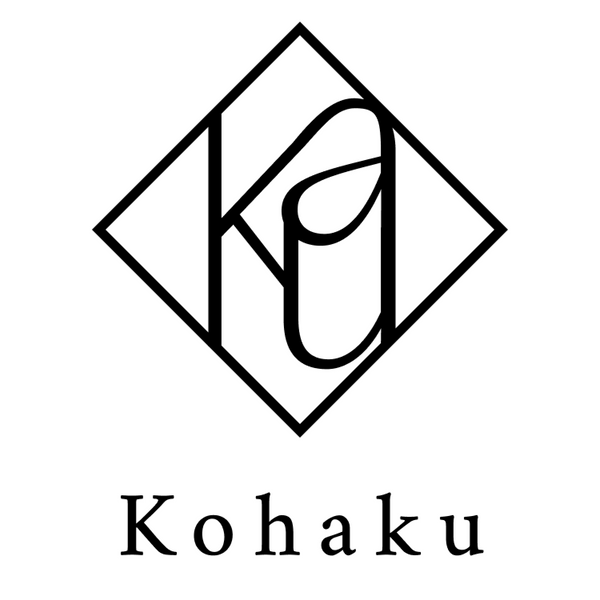
Unraveling Yatsushiro's History: The Heart of Igusa Production in Japan
Unraveling Yatsushiro's History: The Heart of Igusa Production in Japan
When you think of tatami mats and their calming, natural presence, you might not realize the deep-rooted history behind the cultivation of Igusa (rush grass). The city of Yatsushiro in Kumamoto Prefecture is Japan's primary Igusa production area. However, Yatsushiro’s journey to becoming the heart of Japan's Igusa industry is a story of resilience, vision, and the incredible efforts of its people.
Yatsushiro: From Struggle to Prosperity
Back in the Edo period, the coastal region of Yatsushiro was known as "the poorest land in Higo Province." The soil was unsuitable for traditional agriculture, and the fishing industry was unstable, leaving the region's people in poverty. However, it was during these challenging times that a savior emerged: Ryōhei Kanokogi (1753-1841).
Ryōhei Kanokogi: The Visionary Leader
Ryōhei Kanokogi was born in Kanokogi Village, Higo Province. In 1792, he experienced the devastating tsunami caused by the eruption of Mount Unzen. As the village leader, he dedicated himself to the recovery of the land and the welfare of the villagers, gaining recognition from the Higo Domain. At the age of 52, he was appointed as the head of the Nozute area in Yatsushiro (present-day Kagami Town, Yatsushiro City).
Faced with the harsh reality of overseeing the "poorest land," Ryōhei took on the monumental task of transforming Yatsushiro's barren lands into fertile fields. He presented the domain with a well-thought-out plan to develop new farmland, resulting in a series of successful land reclamation projects.
Between 1805 and 1821, under Ryōhei’s leadership, three large-scale land reclamation projects were carried out:
- Hyakucho-Kai (1805): Approximately 101 hectares (250 acres)
- Shihyakucho-Shinchi (1819): Approximately 337 hectares (830 acres)
- Shichyakucho-Shinchi (1821): Approximately 640 hectares (1,580 acres)
In total, these projects converted around 1,078 hectares (2,660 acres) into new farmland. To put that into perspective, this area is roughly equal to 2,000 American football fields. Ryōhei's achievements laid the foundation for a thriving agricultural industry in Yatsushiro, providing the local farmers with new sources of livelihood.
Ryōhei's Legacy: The Rise of Igusa Cultivation
Ryōhei’s remarkable efforts were not just about reclaiming land; they were about creating opportunities. The fertile fields he established became the foundation for Yatsushiro’s Igusa cultivation. Much like tatami supports our lives from the ground up, Ryōhei's work created a fertile ground for Yatsushiro's farmers to build their lives upon. The intersection of the three reclaimed lands now holds Bunsei Shrine, dedicated to Ryōhei and his contributions to the region.
When you visit Yatsushiro, place names like Senchou and Muta echo the history of these reclaimed lands. The farmers, full of hope, toiled alongside oxen to transform this once impoverished land into a prosperous agricultural hub. This rich history and dedication to craftsmanship have carried over into the Igusa industry, making Kumamoto-grown Igusa synonymous with quality and tradition.

The Origin of Tatami Omote: Map of Sencho Town, Yatsushiro City
Kohaku's Respect for Yatsushiro's Pioneers
At Kohaku, we hold deep respect for the pioneers of Yatsushiro, like Ryōhei Kanokogi, who transformed the region into Japan’s leading Igusa production area. We are committed to preserving and continuing this legacy by using 100% Kumamoto-grown Igusa in our tatami products. Our mission is to safeguard the heritage of Igusa cultivation and the craftsmanship that has been passed down through generations, sharing it with the world.
Why Yatsushiro’s History Matters
Understanding the history of Yatsushiro and its connection to Igusa gives us a deeper appreciation of tatami mats. The cultivation of Igusa is not just an agricultural process; it is the embodiment of the hopes, dreams, and efforts of many generations. When we use domestically grown Igusa in our tatami, we are not only honoring these past efforts but also carrying forward a tradition rooted in the Japanese way of life.
Experience the legacy of Yatsushiro through Kohaku's tatami yoga mats, crafted with respect for the land, the people, and the rich history of Igusa cultivation.
